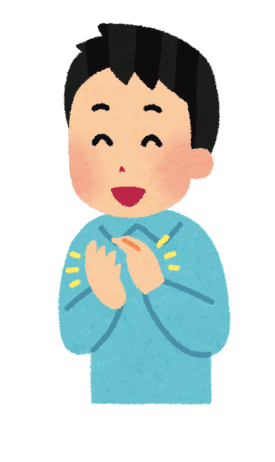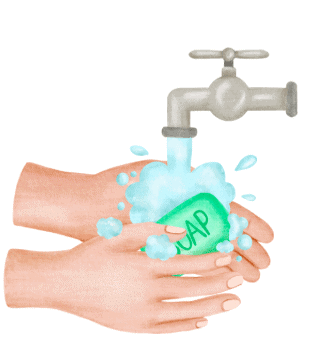Class 1 Exam > Class 1 Notes > Worksheets with solutions for Class 1 > Worksheet: Two Little Hands - 2
Two Little Hands - 2 Class 1 Worksheet English Mridang
| Table of contents |

|
| Circle the Words |

|
| Match the Body Parts |

|
| Fill in the Blanks |

|
| Let's Talk |

|
| Washing Hands Activity |

|
| Phonics Fun! |

|
| Find the Odd One Out |

|
Circle the Words
Circle the words one, two, to in the poem below.
“Two little hands go clap, clap, clap.
Two little legs go tap, tap, tap.
Two little eyes are open wide.
One little head goes side to side.”

Match the Body Parts
(Draw a line to match the body parts with their names.)
Fill in the Blanks
(Use the words: eyes, nose, ears, mouth, hands)
- I see with my ______________.
- I hear with my ______________.
- I smell with my ______________.
- I clap with my ______________.
- I eat with my ______________.

Let's Talk
(Ask your friend the following questions:)
- What is this? (Point to your nose)
- Answer: This is my ______________.
- What are these? (Point to your ears)
- Answer: These are my ______________.
- What is this? (Point to your mouth)
- Answer: This is my ______________.
- What are these? (Point to your hands)
- Answer: These are my ______________.

Washing Hands Activity
Put the steps in order (Write 1, 2, 3, 4 in the boxes):
⬜ Rub soap on your hands.
⬜ Open the tap or pour water on your hands.
⬜ Wash between the fingers.
⬜ Rinse your hands again.

Phonics Fun!
(Say and complete the missing words:)- A is for ______________ (ant, axe, arm).
- B is for ______________ (bag, bee, boy).
- C is for ______________ (cart, cap, cat).
- D is for ______________ (den, door, dog).
Find the Odd One Out
(Circle the word that does not start with the same letter:)
- apple - ant - clock
- bag - cap - balloon
- egg - dog - drum
You can access the solutions to this worksheet here.
The document Two Little Hands - 2 Class 1 Worksheet English Mridang is a part of the Class 1 Course Worksheets with solutions for Class 1.
All you need of Class 1 at this link: Class 1
FAQs on Two Little Hands - 2 Class 1 Worksheet English Mridang
| 1. What is the significance of two hands in early childhood education? |  |
Ans. Two hands play a crucial role in early childhood education as they are the primary tools for exploration and learning. They enable children to engage in various activities, such as sensory play, art, writing, and manipulative tasks, which enhance their fine motor skills, creativity, and cognitive development.
| 2. How can activities involving two hands benefit a child's overall development? |  |
Ans. Activities involving two hands promote bilateral coordination, which is essential for daily life tasks like tying shoelaces or holding a pencil. They also enhance hand-eye coordination, spatial awareness, and problem-solving skills. Moreover, such activities stimulate both sides of the brain, fostering balanced development and preparing children for academic success.
| 3. What are some examples of activities that encourage the use of two hands in early childhood education? |  |
Ans. Some examples of activities that encourage the use of two hands in early childhood education include playing with playdough, stringing beads, cutting with scissors, building with blocks, buttoning clothes, and drawing or coloring. These activities engage both hands simultaneously, promoting coordination and fine motor control.
| 4. How can parents and teachers incorporate two-handed activities into a child's daily routine? |  |
Ans. Parents and teachers can incorporate two-handed activities into a child's daily routine by providing opportunities for play and exploration. This can involve setting up sensory bins, offering materials for arts and crafts, encouraging outdoor play with balls or jump ropes, and involving children in everyday tasks like pouring water or sorting objects. Additionally, providing age-appropriate toys and games that require two-handed manipulation can also support their development.
| 5. Are there any specific age recommendations for introducing two-handed activities to children? |  |
Ans. While there are no strict age recommendations, two-handed activities can be introduced gradually as children develop their fine motor skills. Simple activities like stacking blocks can be introduced as early as 12-18 months, while more complex tasks like cutting with scissors can be introduced around the age of 3-4 years. It is important to consider each child's individual development and provide appropriate challenges to support their progress.
Related Searches
















